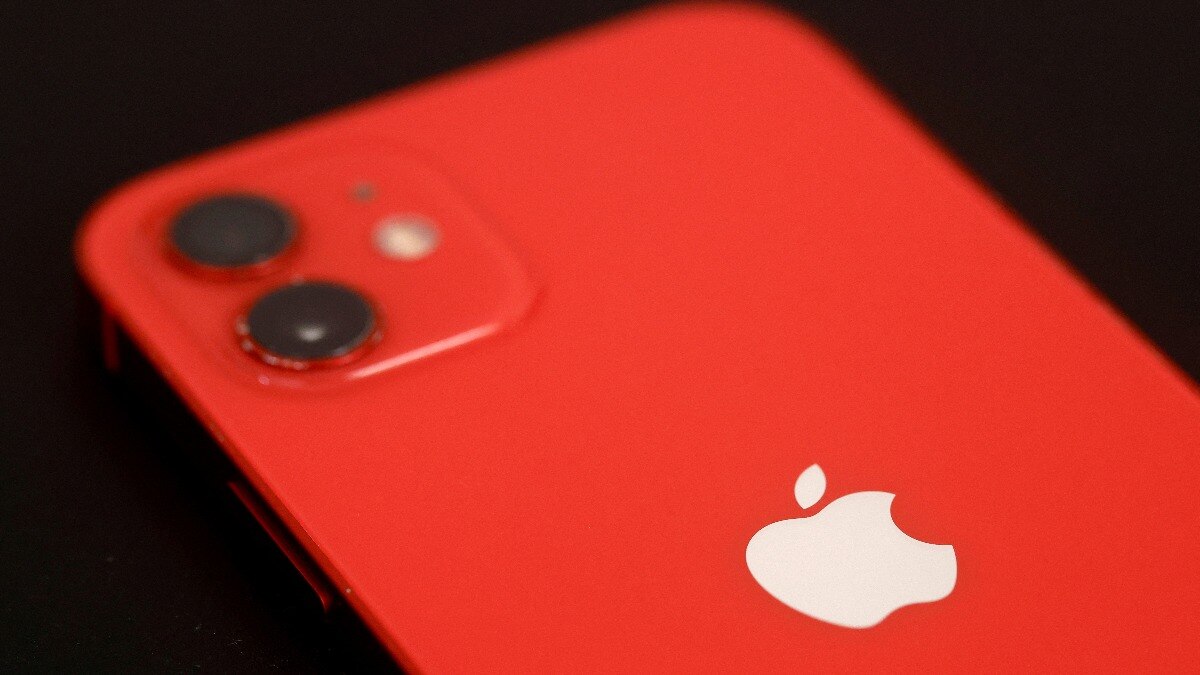
APPLE LIKELY BRING BACK THE VERTICAL CAMERA LAYOUT WITH IPHONE 16, HERE IS WHY
Apple is rumoured to bring significant design changes to its upcoming iPhone 16 lineup, with one prominent change being the ditching of the diagonal camera layout and a return to a vertical arrangement. According to reports, Apple might bring back the vertical setup similar to what we used to see in the iPhone X and 11. While this design change might seem like an aesthetic tweak and just Apple's way of offering something different, the vertical camera alignment is not merely for looks but for functionality. Specifically, it is designed for Spatial Video recording.
Currently, the iPhone 15 Pro and Pro Max feature the ability to record Spatial Video, a format that captures depth information for immersive viewing in compatible headsets like the Apple Vision Pro. This feature requires vertically aligned cameras, which the Pro models have with their triple-camera setup, but the iPhone 15 and 15 Plus do not. By bringing back the vertical layout for the base iPhone 16 and 16 Plus, Apple could potentially expand the availability of Spatial Video recording feature, making it accessible to a wider audience.
Other than the Spatial Video, the vertical layout offers other potential benefits. It could allow for larger sensors, enabling improved low-light performance and sharper images. Additionally, it might provide more space for additional camera modules, paving the way for future camera upgrades in the non-Pro models.
Notably, while the final design remains unconfirmed, leaked schematics and renders strongly suggest a return to the vertical camera layout for the iPhone 16 and 16 Plus. If confirmed, this change in vertical camera placement could significantly enhance the camera capabilities of these models and pave the way for exciting new features like Spatial Video.
More update to iPhone 16
Apart from the new camera layout, the new iPhone 16 is also expected to bring some other significant changes. According to reports, the iPhone 16 lineup will include a new "Capture Button," which will be a mechanical but touch-sensitive button on the right side of the phone, designed to enhance the photography experience by allowing users to zoom, focus, and capture photos more intuitively. All the models of iPhone 16 will also get the Action Button from the iPhone 15 Pro models, allowing for customizable functions such as turning on the flashlight or launching the camera.
In line with design changes, the iPhone 16 series is rumoured to feature larger screens for the Pro models, with the Pro increasing from 6.1 inches to 6.3 inches and the Pro Max from 6.7 inches to 6.9 inches. While base models will get vertical cameras, the Pro models are also expected to get improved camera technology, such as a 48-megapixel Ultra Wide lens and potentially a "super telephoto" periscope camera, enhancing low-light photography and optical zoom capabilities.Â
The lineup will debut new A-series chips, manufactured on the latest N3E 3-nanometer node, promising improved efficiency and performance, along with potential RAM upgrades for the standard models.
The iPhone 16 series is expected to launch in September 2024, with production reportedly starting as early as June. While pricing details remain uncertain, rising production costs could lead to higher retail prices across the board, with estimates suggesting the iPhone 16 might start at over $799 and the iPhone 16 Pro Max at more than $1,199.
2024-05-31T06:30:25Z dg43tfdfdgfd